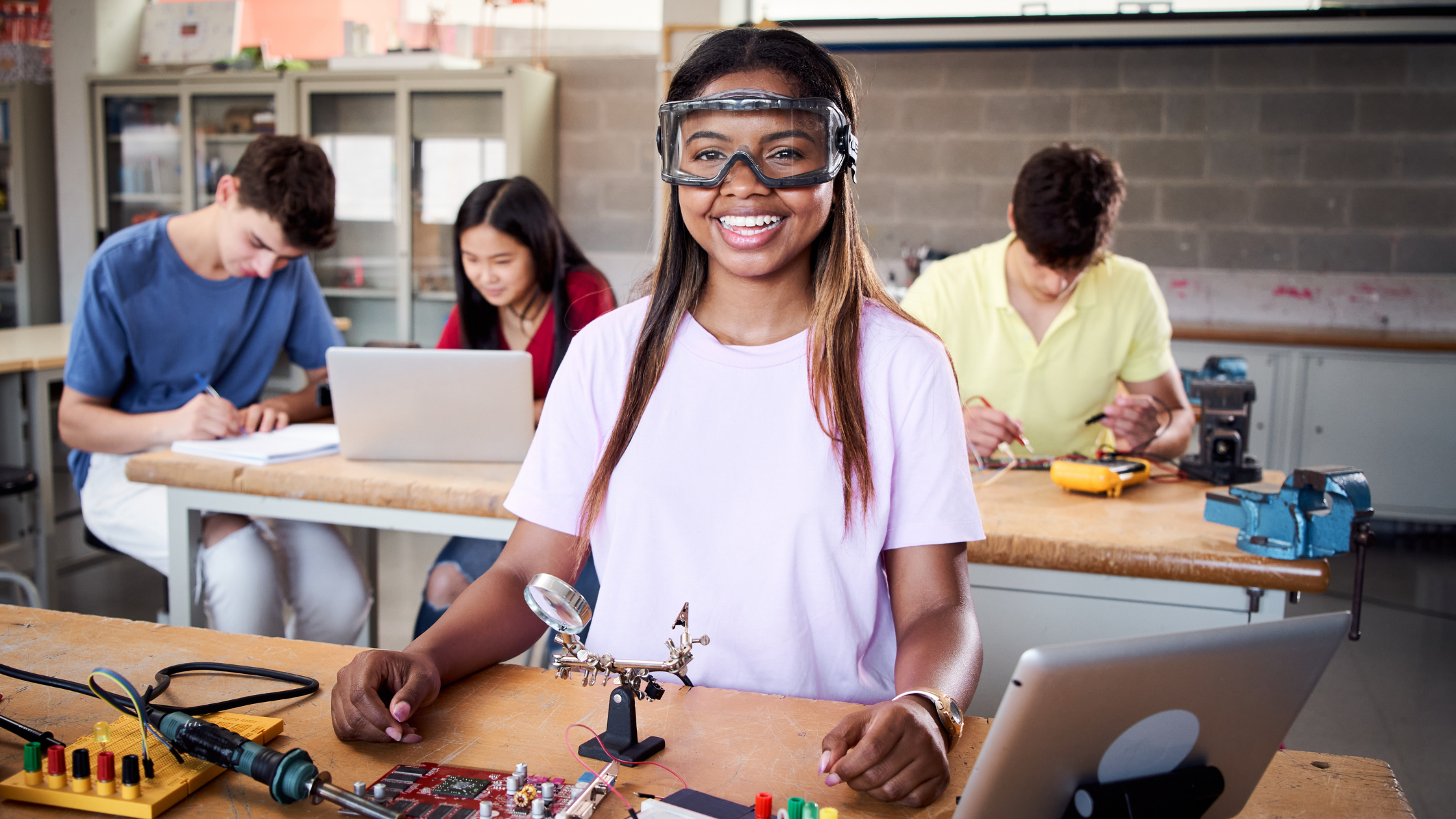While schools will always be a place of learning, the safety of students and teachers in the classroom is always the top priority.
Many schools have a student observation checklist to help track classroom conditions and ensure everyone is safe. Fortunately, there are plenty of ways to enhance classroom safety for both students and teachers. We wanted to share some of our favorite methods for ensuring a safe school and classroom environment for everyone.
Set Rules and Boundaries
The best way to keep classrooms safe is to set up a system of rules and boundaries and then stick with them. Of course, there are times when rules can be broken, but those instances should be few and far between in a school classroom. It’s critical that students know each rule and understand why it’s important. By explaining the “why” behind each rule and letting students know that rules are meant to be followed with their safety in mind, it will be easier to reduce the instances rules are broken. In fact, allowing students to participate in the creation of some of the rules will help them learn the rules and be more likely to follow them, allowing everyone to stay safe.
Encourage Group Activities
There is always safety in numbers, which is why group activities can help lead to a safer classroom. Students will inherently feel safer when they are working in a group compared to sitting alone at their desks. Plus, working in groups allows students to get to know each other better and expand their horizons outside of their immediate group of friends. They will start to feel more comfortable with everyone the more people they get to know, helping them feel safer.
Emphasize Respect
For classrooms to feel like a safe space, there needs to be mutual respect among everyone. This is something that teachers need to emphasize as much as possible. It’s not always easy, but it begins with making sure everyone gets a chance to speak and be heard when they want to speak. Emphasizing respect can be as simple as making sure everyone else is listening when someone speaks and that everyone is taken seriously. This can help to reduce conflict and make everyone feel safe.
Keep Everyone Calm
Heated arguments and a lot of yelling can make a classroom feel less safe. It can make things chaotic and stressful for students, which means they may not feel safe. Therefore, it’s critical for teachers and other leaders within the school and classroom to promote calmness whenever possible. Conflicts need to be de-escalated quickly and in a way that reduces yelling and any loud noises. It’s okay to disagree sometimes, but classrooms must remain calm.
Adapting to Students
One important rule for classroom safety is that no two classrooms are the same and no two sets of students are the same. Certain ideas and techniques that helped to create a safe classroom one year are not guaranteed to work the next year with a new group of students. Teachers should stick to certain principles like creating boundaries and respect. But they can’t use a one-size-fits-all approach. There will always be differences and new challenges, which is why teachers need to always be willing to adapt to the needs of students when trying to create a safe classroom experience.
Using Technology for Safety
Technology can be an important tool nowadays when it comes to promoting safety in any setting. Specifically, EHS Insight’s safety management software can be the perfect solution. We can help to monitor and manage everything related to safety. Whether it’s a classroom or a work setting, our software is a key component when it comes to safety.
If you need a little help promoting safety, give us a call and we can talk about how our software fits your needs.
